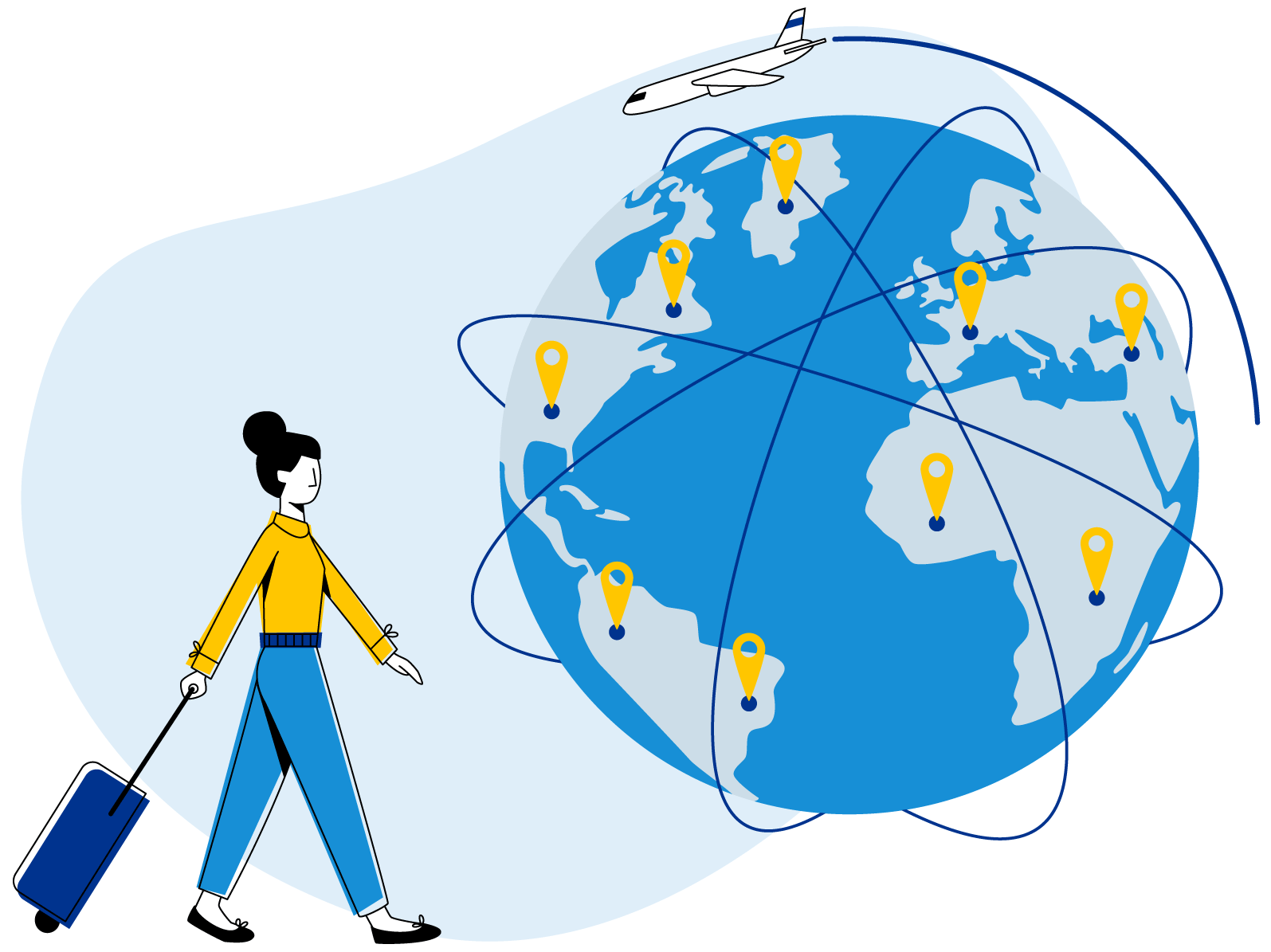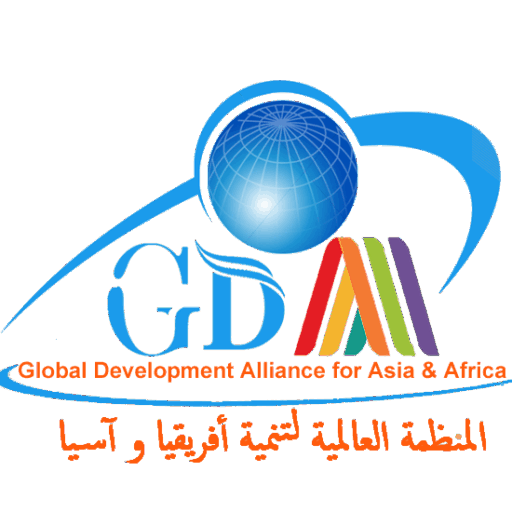[vc_row css= ».vc_custom_1450677977665{margin-bottom: 0px !important;} »][vc_column][rev_slider_vc alias= »fullscreen-main-slider »][stm_image_carousel grayscale= »yes » h_centered= »yes » img_size= »350×130″ style= »style_2″ autoplay= »yes » timeout= »1000″ loop= »yes » smart_speed= »2500″ items= »7″ images= »2961,2341,1714,1712,2579,2581,2590,2594,2608,2611,2621″ el_class= »no_paddings » custom_links= »#E-8_aHR0cCUzQSUyRiUyRnd3dy5jZXBleC5uYXQudG4lMkYlMkN3d3cudHVuaXNhaXIuY29tJTJGJTJDZW5nbGlzaC5uY2VwdS5lZHUuY24lMkYlMkN3d3cuYWlyZnJhbmNlLnRuJTJDZW4udGpwdS5lZHUuY24lMkYlMkNodHRwJTNBJTJGJTJGc3VwdGVjaC50biUyRiUyQ2h0dHAlM0ElMkYlMkZlbi50anB1LmVkdS5jbiUyRiUyQ2h0dHAlM0ElMkYlMkZ3d3cudGptYy5lZHUuY24lMkYlMkMlMkNodHRwJTNBJTJGJTJGZ2RhYWEub3JnJTJGJTJDaHR0cCUzQSUyRiUyRnR1bmlzaWF1bml2ZXJzaXR5LmNvbSUyRiUyQw== »][vc_column_text][/vc_column_text][/vc_column][/vc_row][vc_row][vc_column width= »2/3″][vc_column_text css= » »]
GDAAA provides intercultural learning opportunities for the advent of a more just, equitable, peaceful and sustainable world.
Types of Mobility and Their Strategic Relevance – EIMI Initiative
| Type of Mobility | Objectives | Beneficiaries | Partnership Opportunities |
| Academic Mobility | Knowledge transfer, internationalization of curricula | Students, professors, researchers | Universities, research centers, academic networks |
| Professional Mobility | Skills development, industry exposure | Young graduates, professionals, interns | Companies, chambers of commerce, HR agencies |
| Economic Intelligence Mobility (EIMI) | Sectoral analysis, benchmarking, strategic data collection | Students, young researchers, analysts | Ministries, development agencies, business clusters |
| Cultural Mobility | Intercultural dialogue, preservation of heritage, soft power | Artists, cultural operators, students | Cultural institutions, embassies, international organizations |
| Institutional & Diplomatic Mobility | Policy exchange, governance benchmarking | Public administrators, policymakers | Governments, think tanks, IGOs |
| Social & Humanitarian Mobility | Solidarity, development aid, crisis response | Volunteers, NGOs, humanitarian actors | NGOs, cooperation agencies, UN system |
Global Mobility for Education & Innovation (GMEI )
1. Context and Rationale
Access to quality education and internationalization opportunities is a key lever for economic and social development in Africa. Currently, African students face major difficulties in financing studies, academic mobility and professional integration internationally. The
Africa program Mobility for Education & Innovation (GMEI) aims to facilitate the mobility of African students by offering them financing solutions, housing, transportation and academic and professional networking benefits.
2. Objectives of the Program
The main objectives of GMEI are:
– To enable African students to access quality training in Africa, Europe and Asia.
– To structure a sustainable financing model for international studies and internships. – To set up an African International Student Card ( GSC) to offer discounts and services.
– To develop partnerships with universities and companies in Germany and China.
– To strengthen the employability of African students through mentoring and integration programs.
3. Components of the Program
The GMEI is composed of several strategic components :
1. **African Student Mobility Fund (FAME)**: a guaranteed student loan fund to cover academic and living expenses. (financed by universities, partner companies and donors)
2. ** Global Student Card (GSC )* *: a card offering discounts on plane tickets, accommodation and university fees, with an annual subscription of $50.
3. **University Partnerships**: agreements with institutions in France, Germany and China to promote exchanges and double degrees.
4. **Professional Integration**: networking with partner companies to facilitate internships and post-training recruitment.
5. **GMEI Digital Platform **: a digital platform to manage registrations, scholarship applications and student support.
4. Financing Model and Partnership
The project seeks a partnership with Banks to structure a sustainable financing fund. This fund would be funded by:
– Student grants and credit lines.
– Partner universities and institutions (scholarships and tuition fee reductions).
– Banks (student loans with deferred repayment).
– The private sector (sponsorship and mentoring programs).
The funding would cover the following needs:
– Creation of the African Student Mobility Fund (FAME). – Development and distribution of the International Student Card .
– Deployment of the GMEI digital platform.
– Establishment of academic and professional partnerships .
5. Steps and Implementation
For the implementation of the project, the next steps are :
1. **Meeting with donors** to officially present the initiative and discuss funding arrangements.
2. **Signing of partnerships with UNESCO, universities and companies** to ensure the academic and professional viability of the program.
3. **Launch of a pilot program** in target countries (Tunisia, DRC, Ivory Coast, Senegal, Ghana). 4. **Deployment of the International Student Card ** and the GMEI digital platform.
5. **Monitoring and evaluation** with performance and impact indicators.
6. Types of mobility:
– Blended Intensive Program (BIP)
Want to exchange with students from other countries and do a short mobility? The Blended Intensive Program (BIP) is the program for you!
Short and flexible, it mixes innovative online educational activities AND physical mobility lasting from 5 to 30 days.
Thanks to the BIP, you strengthen your knowledge in the proposed theme, you develop your intercultural skills and you improve your linguistic skills.
The programs offered cover various themes such as the environment, the circular economy, languages, literature, cultural heritage, or even food. All students can apply for a BIP, regardless of their field and level of study, if they meet the prerequisites for each of the programs.
International online courses
International online courses (formerly called “virtual mobilities”) allow you to have an international experience without traveling, by taking online courses in the universities of the GDAAA alliance.
Practical for preparing your future semester or year abroad by strengthening your language skills!
Courses are taught 100% remotely, in the local language or in English. Several dozen courses are offered: from language courses to computer science, law, literature or economics.
International online courses can be taken as a replacement for a course in your curriculum, with the agreement of your academic supervisor, or as an option (in which case, informing your academic supervisor is sufficient).
Rural mobility
Reducing educational isolation by facilitating access to schools, universities or training centres located in rural areas and promoting learning in rural areas
In summary, student mobility in rural areas plays a key role in territorial balance, sustainable development and social innovation.
From agronomy to marketing, including animation, entrepreneurship and chemistry, internship offers are diversified and proposed by very different organizations (associations, companies, research hubs, cultural centers, public administrations, etc.).
The internship generally lasts from 2 to 4 months, from June to the end of September.
Cultural, Educational, and Technological Mobility: A Pillar of International Cooperation
In a constantly evolving world, cultural, educational, and technological mobility represents a driving force essential for fostering exchanges, enhancing skills, and reducing inequalities between nations. These three forms of mobility are not only interdependent but also indispensable in addressing the global challenges of the 21st century.
- Cultural Mobility: Bridging Societies
Cultural mobility enables individuals to discover and appreciate the richness of different cultures around the world. Through international festivals, artistic exchanges, or cultural residency programs, it promotes mutual understanding and peaceful coexistence. Cultural mobility also contributes to the emergence of an inclusive global culture while preserving local identities.
A notable example is cooperation programs such as the UNESCO Creative Cities Network or city twinning initiatives, which allow artists and creators to exchange and collaborate on a global scale.
- Educational Mobility: Shaping the Leaders of Tomorrow
Educational mobility opens unprecedented opportunities for students, researchers, and professionals. Programs like Erasmus+, the Fulbright Commission, and Campus Africa expose young people to diverse educational systems, innovative approaches, and international knowledge networks.
Educational mobility also plays a crucial role in reducing global educational disparities, enabling students from developing countries to access advanced training in industrialized nations. This knowledge transfer directly contributes to the economic and social growth of their home countries.
- Technological Mobility: Accelerating Digital Transformation
In an era dominated by digitalization, technological mobility is a key driver for the transfer of knowledge and technical skills. Technological missions, international hackathons, and collaborative projects in areas such as artificial intelligence or blockchain foster the creation of innovative solutions to global problems.
In Africa, for instance, initiatives like the Africa Tech Hub or Digital Africa facilitate exchanges between Northern and Southern technology experts, enabling the development of solutions tailored to local needs.
A Future Based on Synergies
To maximize the impact of these forms of mobility, a holistic and coordinated approach is essential. Public-private partnerships, bilateral agreements, and international platforms need to be strengthened to ensure equitable access to opportunities.
Thus, cultural, educational, and technological mobility can become a powerful lever for building a more interconnected, innovative, and inclusive world. It offers not only individual benefits but also contributes to the emergence of a resilient and united global society
7. Conclusion
The Africa Initiative Mobility for Education & Innovation (GMEI) represents a unique opportunity to strengthen the education and academic mobility of African students while promoting their professional integration. With the support of donors and other strategic partners, this program can have a significant impact on the future of young Africans and on the economic development of the continent.[/vc_column_text][/vc_column][vc_column width= »1/3″][vc_column_text]
[/vc_column_text][vc_column_text] [/vc_column_text][vc_column_text]
[/vc_column_text][vc_column_text] [/vc_column_text][vc_column_text]
[/vc_column_text][vc_column_text] [/vc_column_text][/vc_column][/vc_row][vc_row][vc_column][vc_column_text]
[/vc_column_text][/vc_column][/vc_row][vc_row][vc_column][vc_column_text] [/vc_column_text][/vc_column][/vc_row]
[/vc_column_text][/vc_column][/vc_row]

